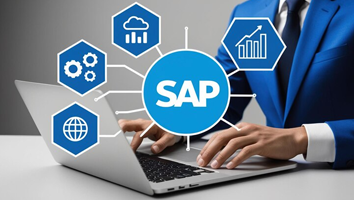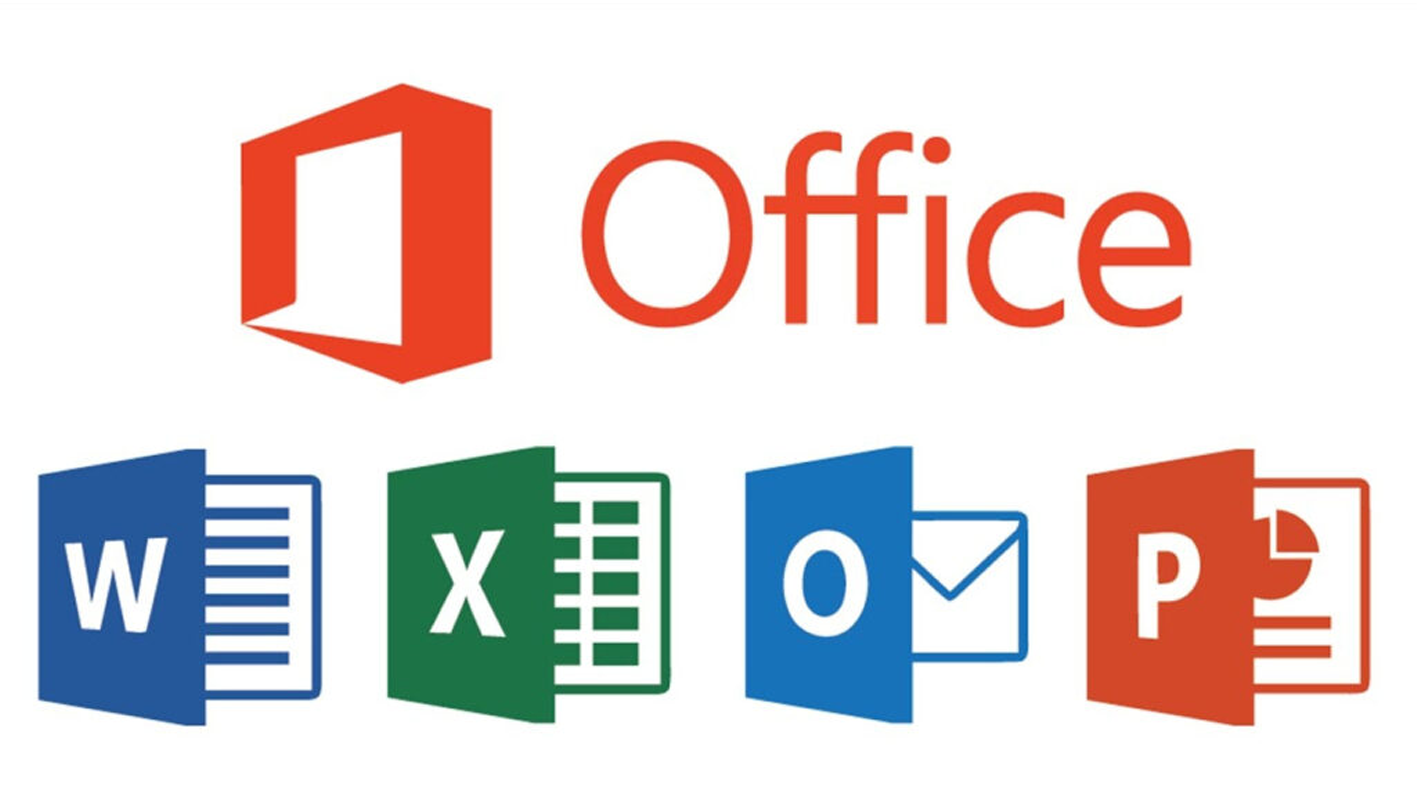The SAP FICO course is designed to provide a deep understanding of SAP's Financial Accounting (FI) and Controlling (CO) modules, essential for managing financial operations and accounting processes in an organization. Students will learn how to configure and use SAP FICO to manage financial transactions, including general ledger, accounts receivable, accounts payable, asset accounting, and financial reporting. The course also covers controlling processes, such as cost center accounting, internal orders, and profitability analysis. Through hands-on exercises and real-world scenarios, participants will gain the skills needed to streamline financial operations and optimize decision-making within SAP.








